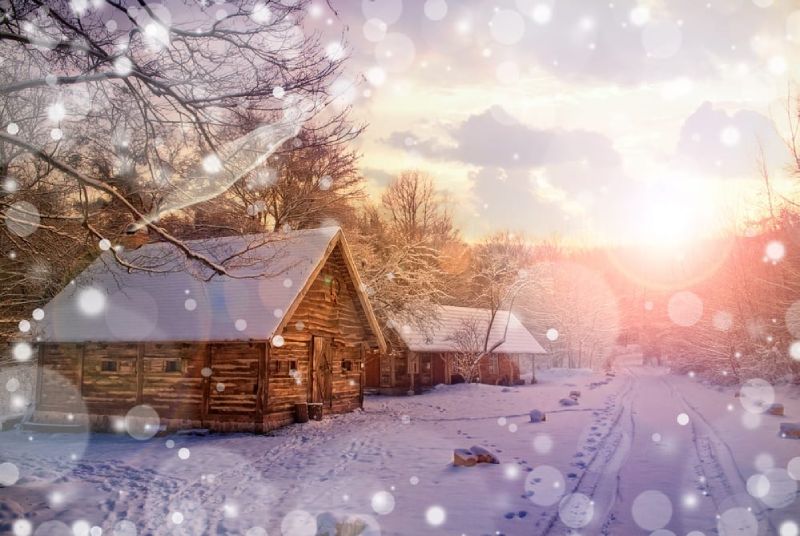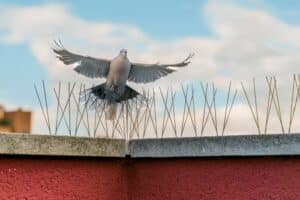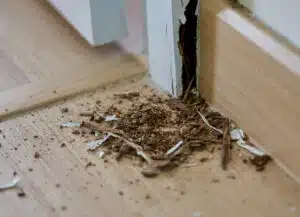If you’ve ever dealt with carpenter ants in your home or building space, you know they’re primarily a spring pest. This is when they thrive and reproduce most commonly, but some homeowners don’t realize that they could actually be laying the groundwork for a carpenter ant invasion through various home practices during the winter we’re just now entering.
At A-1 Exterminators, carpenter ants are among the types we help you deal with as part of our ant control services. Let’s break down their basic behavior, why the winter is an important time for preventing them from appearing in the spring, plus what the rare winter appearance of carpenter ants is telling you.
Carpenter Ant Behavior
As we noted above, carpenter ants reproduce in the warmer climates of the spring primarily. They generally nest in damp wood environments, which are most common during this season as the moisture from snow and ice remains in several areas.
Carpenter ants are capable of living both indoors and outdoors – they usually set up a main nest outside, then smaller satellite nests in the near vicinity. Seeing them inside doesn’t necessarily mean they have a nest inside, though, as they could just be coming in to forage for sugars or protein from your food.
Carpenter ants do not actually eat your wood, but rather burrow into it. They prefer damp wood, where they’ll then create tunnels that will weaken the wood and could threaten your home’s structural integrity.
Winter Prevention Tips
While carpenter ants won’t being their primary reproduction cycles until the spring, they can absolutely make their way inside to settle during the winter. The primary goal for preventing this involves making sure there’s nowhere for them to build their colonies. Here are a few tips in this area:
-Dry: Keep the wood areas of your home as dry as possible, particularly in basements, attics and inside your walls. This involves maintaining your roof, insulation and various sealing areas of your home to ensure leaks and similar issues don’t take place.
-Pipes and gutters: This same dryness theme is just as important outside the home as inside – make sure gutters, downspouts, pipes and other similar areas are free of leaks or blockages so moisture can’t build up in the wrong places.
-Nests: Preventing outdoor nests as far away from the home is important. To do this, clean up all debris and firewood piles, keeping them at least 20 feet from the home.
What Winter Appearances Mean
We noted above that seeing carpenter ants in the home doesn’t necessarily mean that an indoor nest is present – the exception to this rule comes during the coldest parts of the winter. During these periods, indoor carpenter ants almost certainly mean you have a nest inside, with warm and damp conditions that are favorable for them coming out of dormancy. Another telltale sign here is seeing lots of winged carpenter ants during late winter or early spring.
For more on carpenter ants and why winter is important for preventing them, or to learn about any of our pest control or exterminator services, speak to the pros at A-1 Exterminators today.



